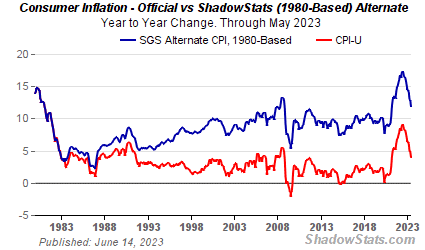TheNZThrower
Active Member
This twitter post has been sharing a video from a David Sacks (EDIT: David Knight) claiming that the EU will introduce a law which prohibits the repair and servicing of cars 15 years or older.
The article shown in the video claims that the ban is to a pre-existing EU "circularity requirement for vehicles"

The aforementioned article also links to another article claiming that the EU proposal mentions something called "residual vehicles":

Given the absence of any mentions of a 15 year ban, the claim that the EU is drafting policy to ban cars 15 years and older from being serviced is debunked. It seems that the claim was just made up out of thin air.
However, if there is any further EU documents which seem to at least show that this bunk isn't completely conjured out of thin air, and is instead based on some misreading, then linking to them would be much appreciated.
The article shown in the video claims that the ban is to a pre-existing EU "circularity requirement for vehicles"
It links to the following EU proposal:The proposal is an amendment to the European Commission’s preexisting “circularity requirements for vehicle design and on management of end-of-life vehicles.”
https://winepressnews.com/2024/02/15/eu-considers-banning-repairing-cars-over-15-years-old/
The proposal does not mention such a ban on 15-year and older cars from being serviced as discerned by a word search.Proposal for a REGULATION OF THE EUROPEAN PARLIAMENT AND OF THE COUNCIL on circularity requirements for vehicle design and on management of end-of-life vehicles, amending Regulations (EU) 2018/858 and 2019/1020 and repealing Directives 2000/53/EC and 2005/64/EC
https://eur-lex.europa.eu/legal-content/EN/TXT/?uri=CELEX:52023PC0451
The aforementioned article also links to another article claiming that the EU proposal mentions something called "residual vehicles":
However, there does not appear to be any mention of residual vehicles anywhere in the proposal:The draft proposes a set of criteria to define what is understood as a “residual vehicle” and a set of criteria by which a vehicle considered a “residual vehicle” is declared as “irreparable”.
https://www.jgclassics.com/en/2024/...n-union-intend-to-ban-the-repair-of-old-cars/
Given the absence of any mentions of a 15 year ban, the claim that the EU is drafting policy to ban cars 15 years and older from being serviced is debunked. It seems that the claim was just made up out of thin air.
However, if there is any further EU documents which seem to at least show that this bunk isn't completely conjured out of thin air, and is instead based on some misreading, then linking to them would be much appreciated.
Attachments
Last edited:


